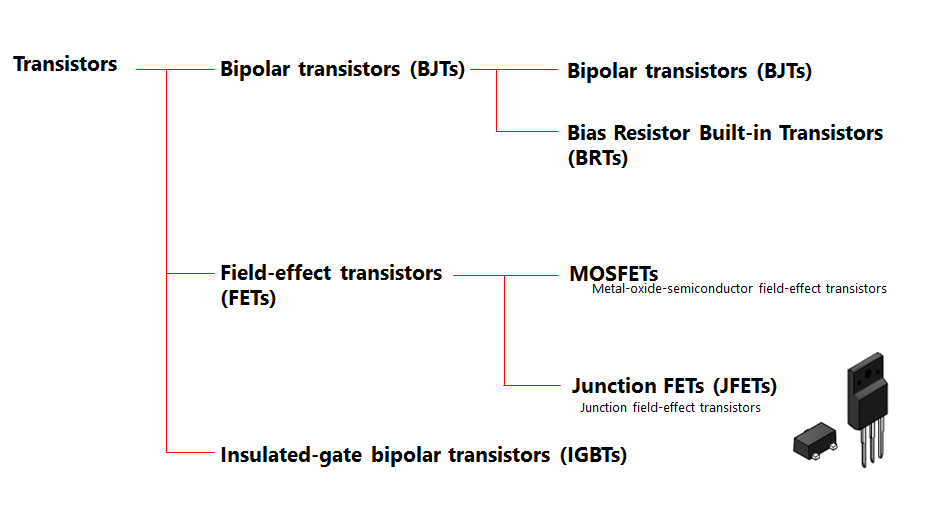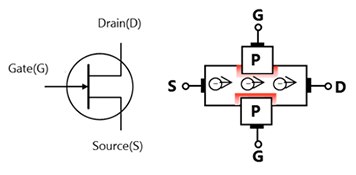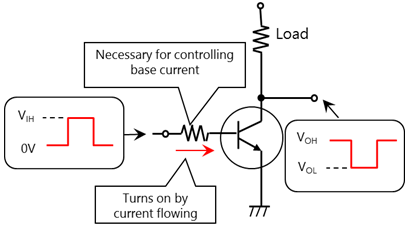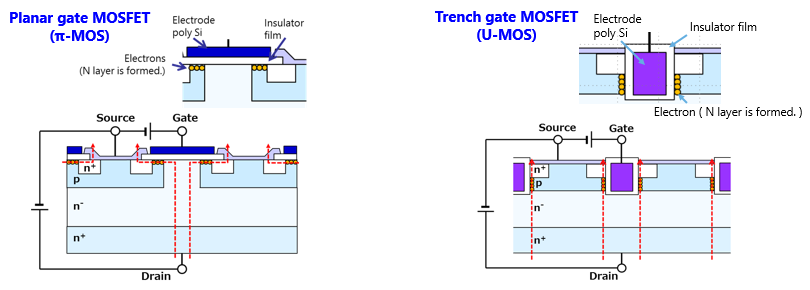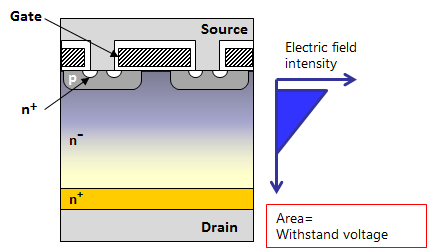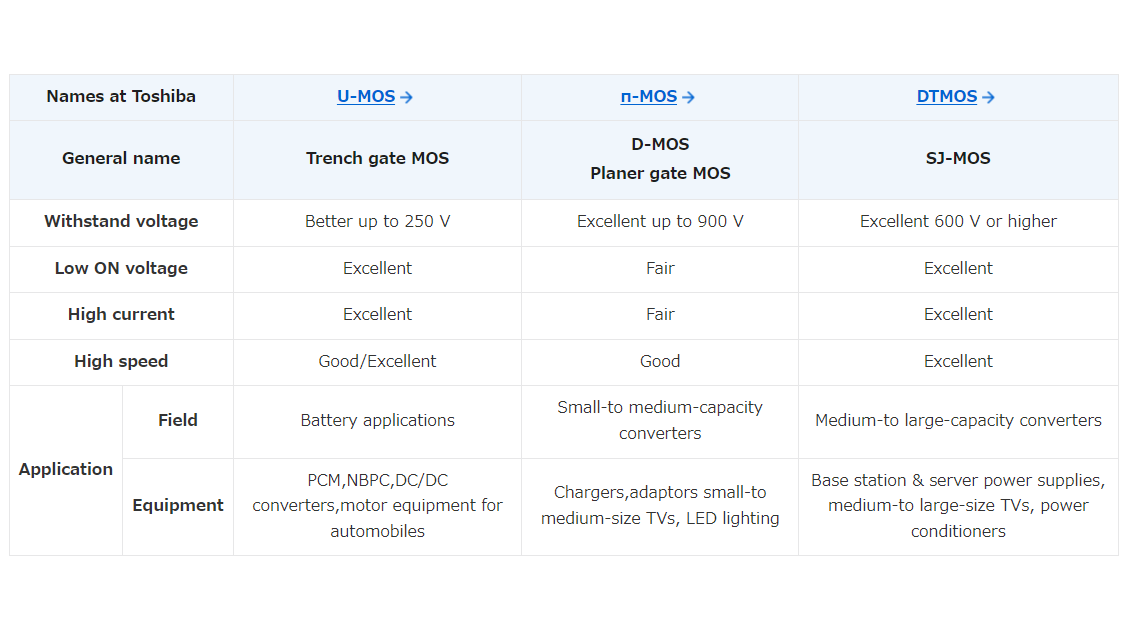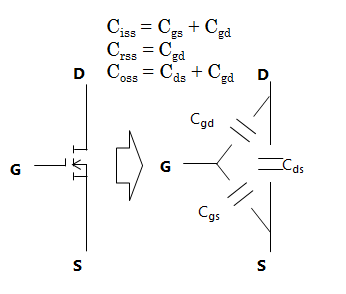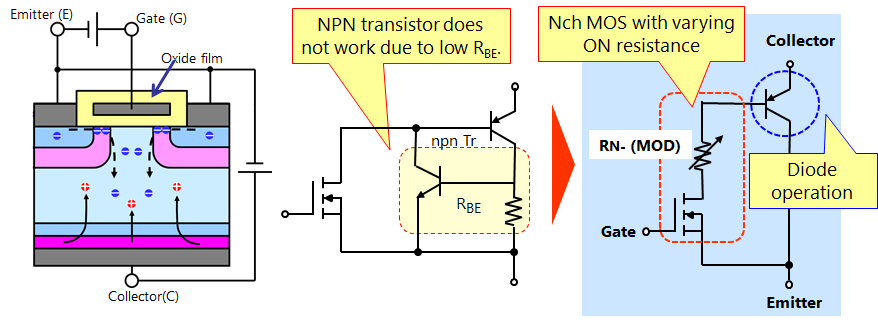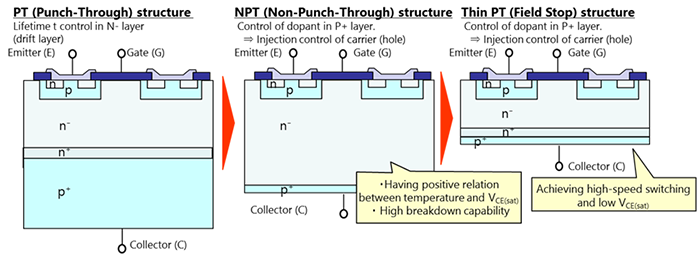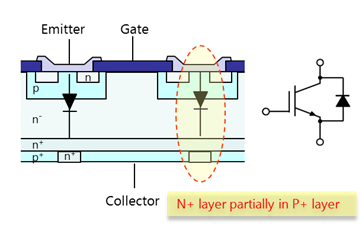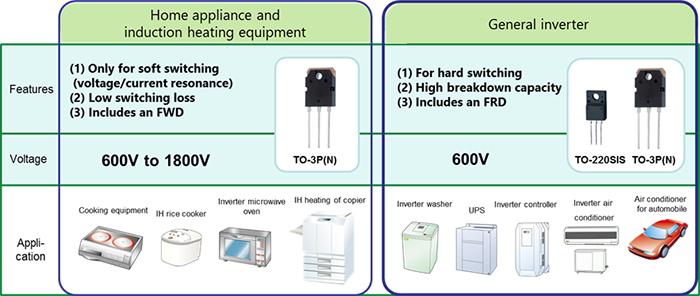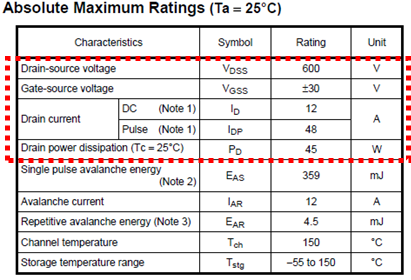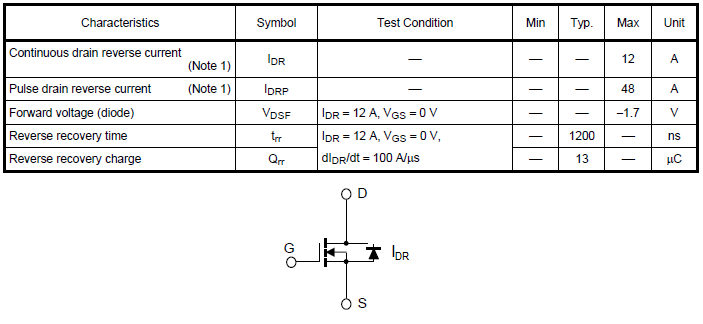- 型号 & 关键词搜索
- 交叉搜索
- 参数搜索
- 库存查询与购买
This webpage doesn't work with Internet Explorer. Please use the latest version of Google Chrome, Microsoft Edge, Mozilla Firefox or Safari.
请输入3个以上字符 Search for multiple part numbers fromhere.
The information presented in this cross reference is based on TOSHIBA's selection criteria and should be treated as a suggestion only. Please carefully review the latest versions of all relevant information on the TOSHIBA products, including without limitation data sheets and validate all operating parameters of the TOSHIBA products to ensure that the suggested TOSHIBA products are truly compatible with your design and application.Please note that this cross reference is based on TOSHIBA's estimate of compatibility with other manufacturers' products, based on other manufacturers' published data, at the time the data was collected.TOSHIBA is not responsible for any incorrect or incomplete information. Information is subject to change at any time without notice.
请输入3个以上字符
MOSFET性能改进:RDS(ON)的决定因素
下载“第Ⅲ章:晶体管” (PDF:2.0MB)
(1)MOSFET器件结构将根据要求的耐受电压来选择。确定导通电阻RDS(ON)的因素如图3-7和方程式3-(1)所示。根据器件的结构,决定导通电阻的因素比例将发生变化。
(2)例如,许多中高压MOSFET(250V及以上)具有平面MOS(π-MOS)结构,而小于200V的产品大多具有沟槽MOS(U-MOS)结构。因此,当耐受电压VDSS=600V时,Rdrift成为主导因素,当耐受电压是30V时,因素Rch的比例较高。
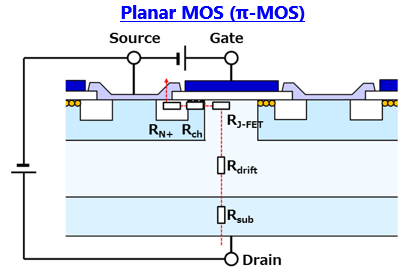
RDS(ON)=Rsub+Rdrift+RJ-FET+Rch+RN+
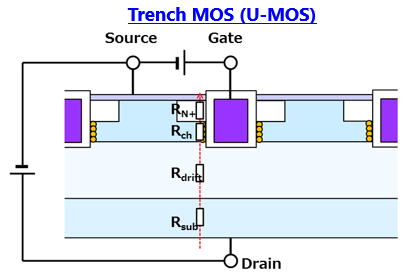
RDS(ON)=Rsub+Rdrift+Rch+RN+・・・方程式3-(1)
如果是VDSS=600V,顺序为Rdrift >> Rch > RJ-FET,RN+,Rsub和RDS(ON)取决于Rdrift
如果是VDSS=30V,顺序为Rch >> Rdrift > RN+,Rsub。沟槽MOS结构的精细图形化可以最大限度降低RDS(ON)对Rch的依赖性
第Ⅲ章:晶体管
相关信息
- 产品
- 应用说明
- FAQ


